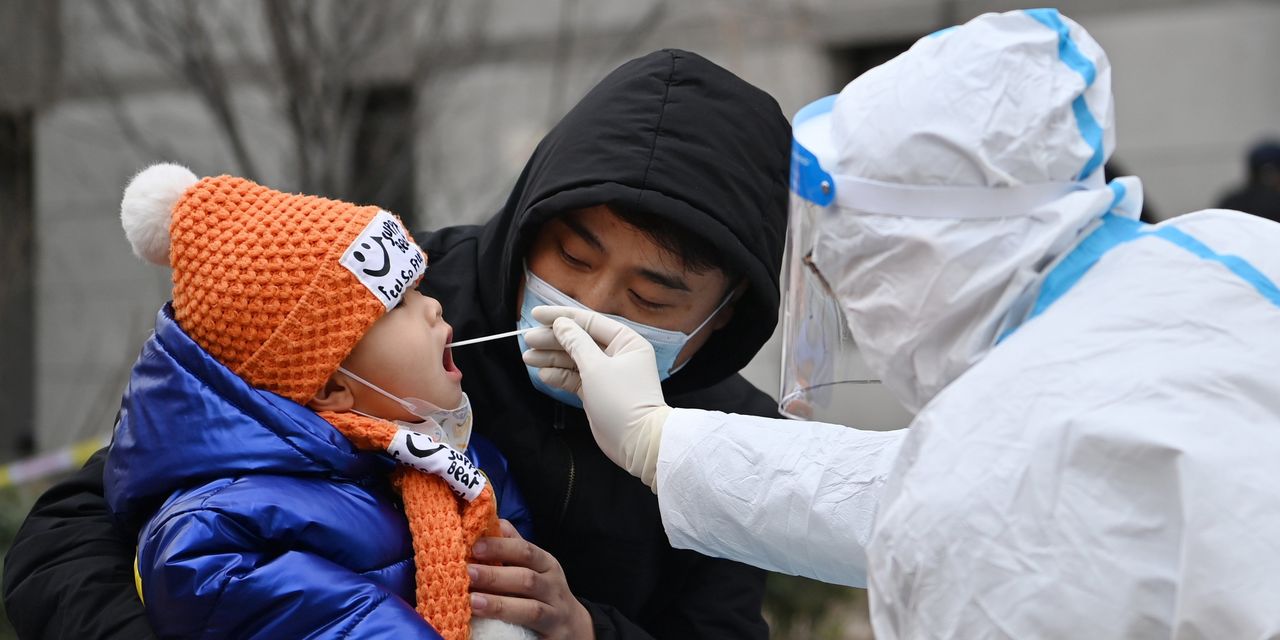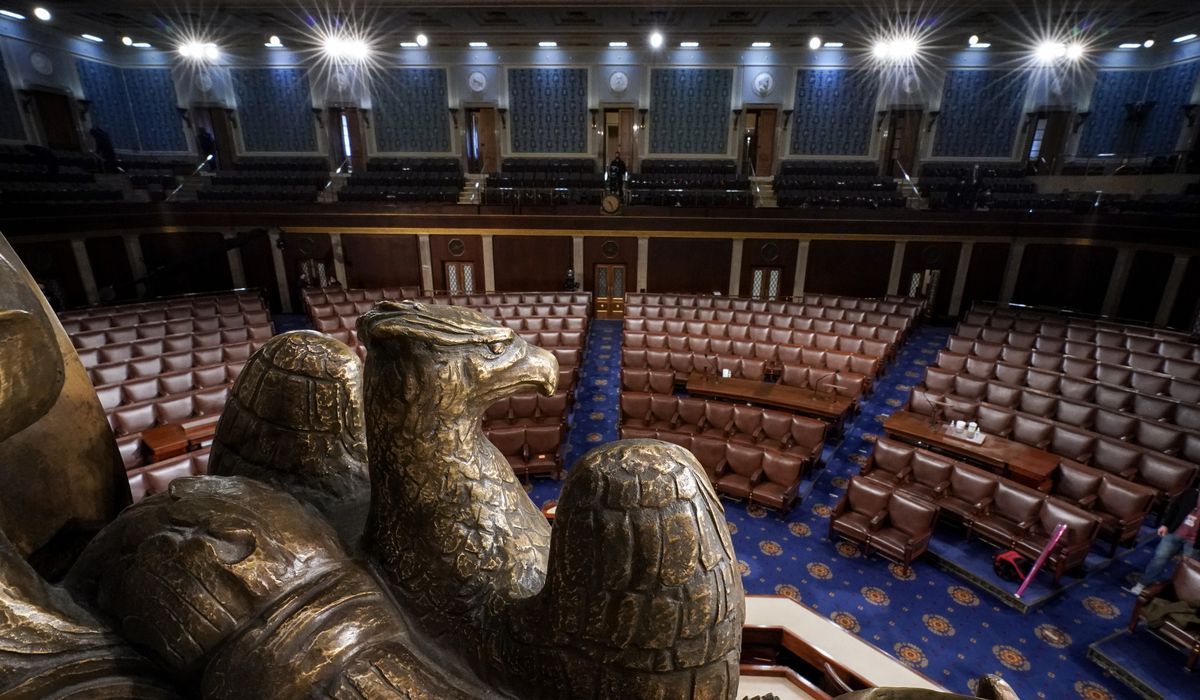
The hypercontagious Omicron Covid-19 variant has its first toehold in China: The country confirmed its first local transmissions over the weekend in the northern city of Tianjin. A public health official told state media that the virus appears to have spread for at least three viral generations in the city.
China successfully faced down the fast-spreading Delta variant in 2021, but at a high cost. Repeated tough measures to quash local outbreaks seriously damaged the service sector, consumption and growth. Now, an even more contagious variant is knocking at the door. Does that mean an even bigger hit to growth?
A lot remains unknown about Omicron—particularly how virulent it really is—but there are reasons to think it might hit growth harder.
Morgan Stanley economists think that if Omicron’s higher transmissibility leads to multiple citywide lockdowns across different regions, it would knock China’s first-quarter growth down by 0.6 to 0.7 percentage points to just over 4% year over year. Goldman Sachs puts the potential impact of a broader outbreak this winter at 0.9 percentage points for full year 2022, which, all else being equal, would drive its full-year forecast below 4%. More important, Morgan Stanley sees Omicron as a potential turning point at which the economic costs of China’s harsh Covid-19 control measures start to outweigh the benefits.
Part of the problem for Beijing is simply a numbers game. If preliminary research indicating that Omicron is far more transmissible, but less deadly, than Delta holds up, then economic disruptions in wealthy countries—which dented demand for services and pushed up demand for Chinese-made goods in 2020 and 2021—might prove relatively transient and small. That would remove one crucial support for Chinese growth that has helped offset the hit from China’s own draconian Covid-19 control measures. At the same time, those measures might have to be used more frequently—and intensified further—to keep Omicron at bay. Overseas Asian manufacturers, whose populations already have substantial natural immunity or high vaccination rates, also might be less likely to shut down again for a milder variant, meaning more competition for a slower-growing export pie.
Finally, China has relatively few intensive-care hospital beds—4.4 per 100,000 people compared with around 26 in the U.S. and 11 in South Korea, according to Morgan Stanley—meaning that a large spike of even a significantly less-dangerous disease would still risk strained hospitals and many deaths. Nearly two years of government messaging on the horrors of Covid-19 abroad and China’s relative competence also magnifies the political risk of an about-face now, especially in a fraught political year when President Xi Jinping appears poised to bid for a precedent-breaking third term at the Communist Party’s head.
After a disastrous beginning, China’s monumental effort to control Covid-19 worked well throughout late 2020 and reasonably well in 2021, despite mounting economic costs. From here on out, the trade-offs—both political and economic—could get larger.
Write to Nathaniel Taplin at [email protected]
Copyright ©2022 Dow Jones & Company, Inc. All Rights Reserved. 87990cbe856818d5eddac44c7b1cdeb8
Appeared in the January 11, 2022, print edition as ‘Covid-19 Dilemma Deepens in China.’








